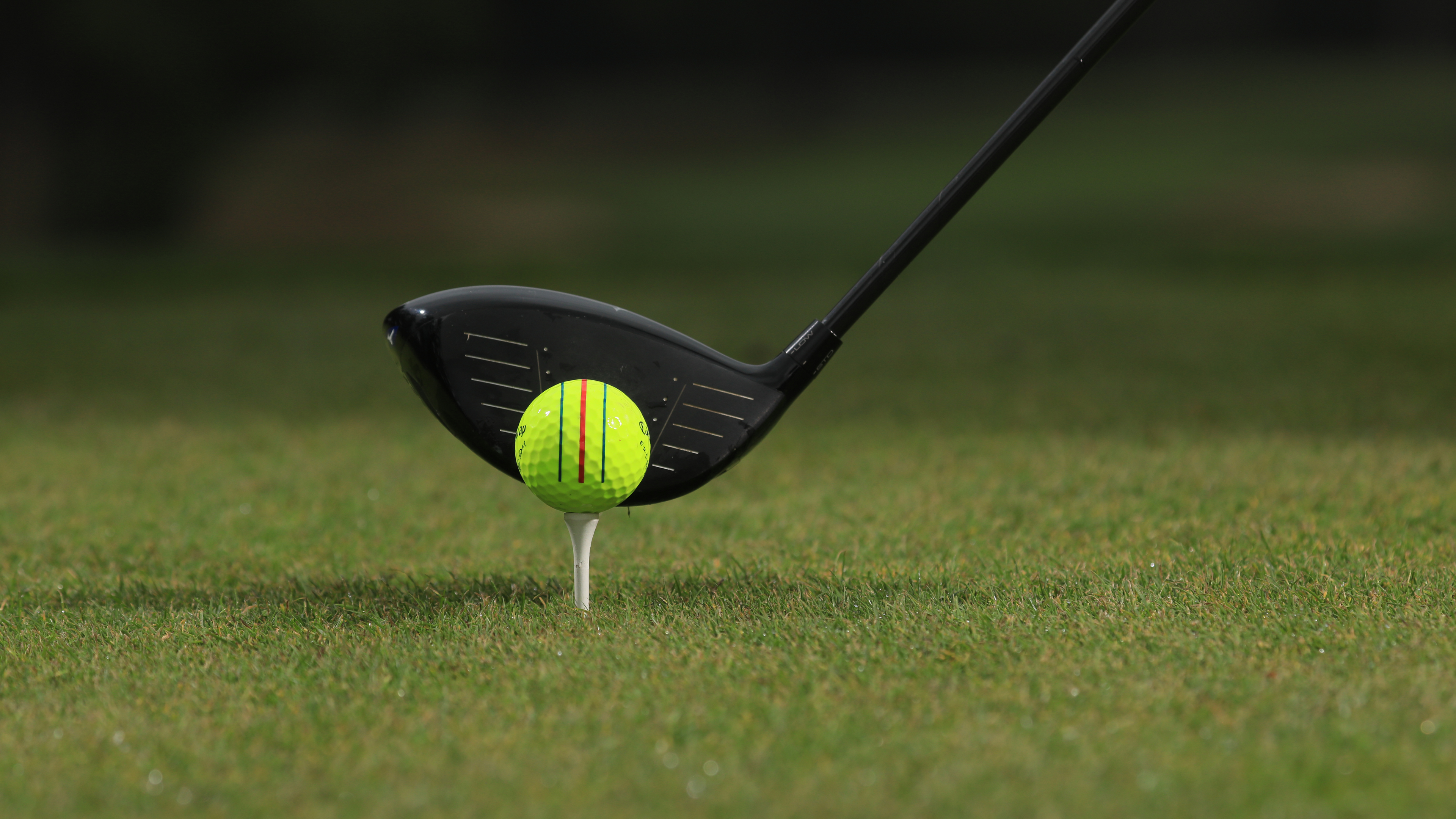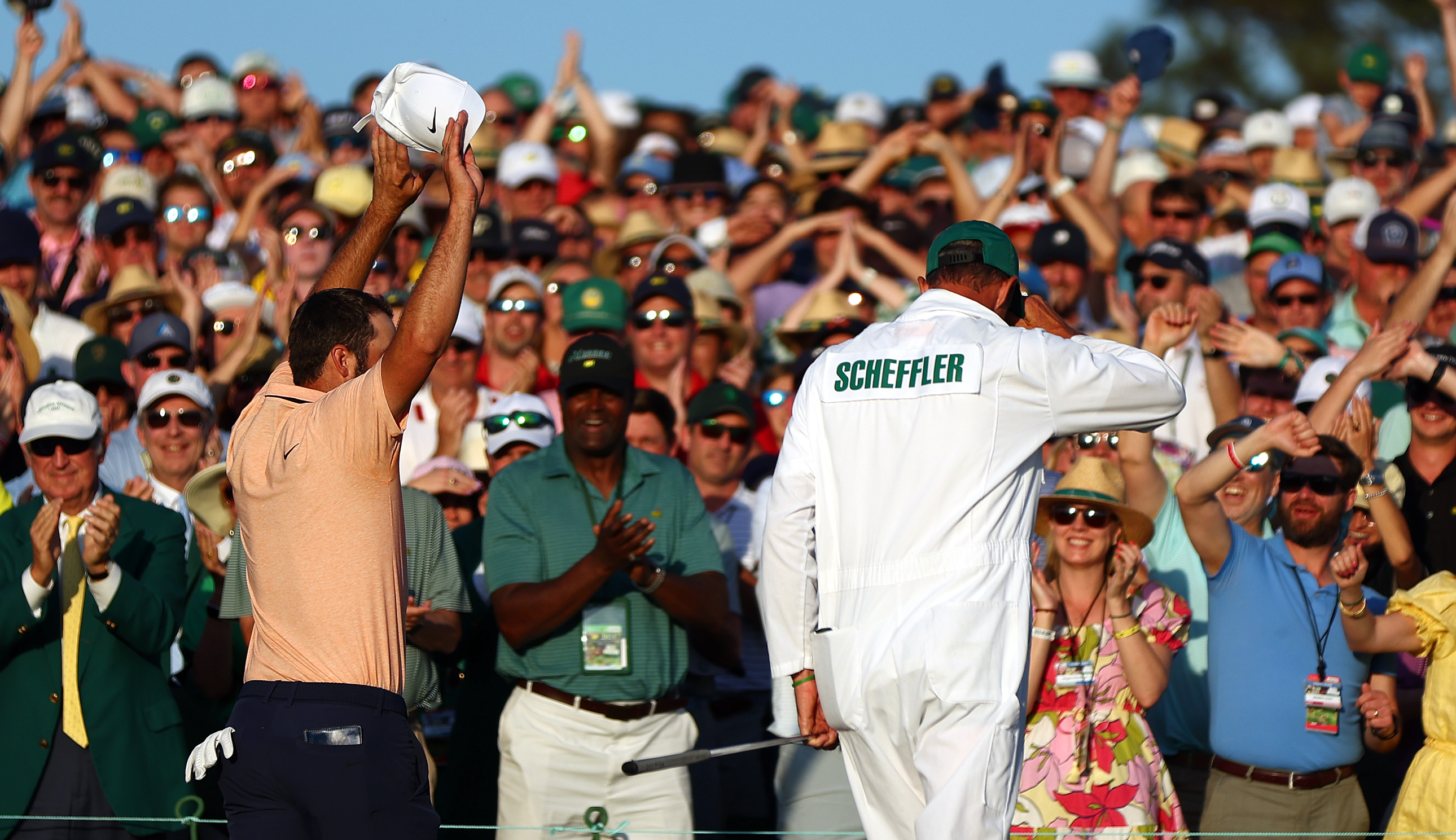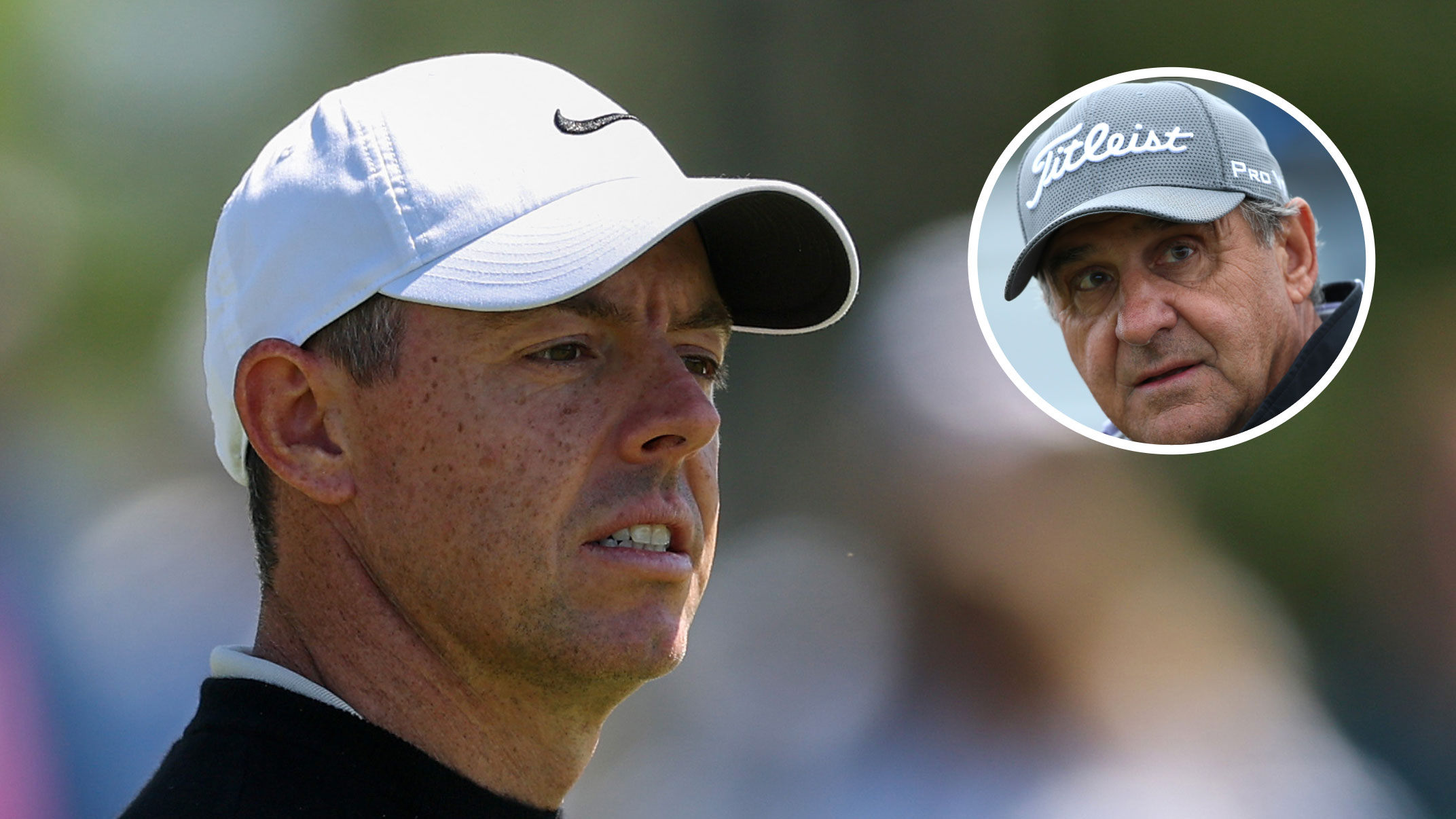How To Fix A Golf Slice
Discover how to fix a golf slice with this simple drill from PGA professional Andrew Jones


There are some main causes if you are struggling to fix your slice. In the video and article below, PGA pro Andrew Jones identifies them and shares some simple drills so you can start to work this demoralising shot out of your game...
As with everything, your first port of call should be to check the basics. And that starts with the grip. Mistakes here will cause the club to open at impact, creating a left-to-right ball flight.
Making significant changes to your grip is never easy, but finding a more neutral hold of the club really is imperative. If your hands are set correctly you'll find a better swing path with more control over the face angle.
And the main culprit with the grip is often the lead hand, which prevents you from controlling the clubface through impact. Instead of the knuckles pointing at the target, they are aiming more at the ground.
Start by getting your lead hand further over (so the back of the hand is facing the target) with your thumb running straight down the club. Then fold your other hand onto the club so the ‘v’ between your forefinger and thumb is pointing between your chin and right shoulder (left for left-handers). This will feel odd at first but grooving it will help massively in the long run.
There are some other faults that can occur at address, particularly relating to your stance, but for now, let's move on to a drill to get you working the golf club on a better path.
How to fix a golf slice: Gate drill
No matter whether you are setting up open, closed or even square, one thing is almost certain – you’ll be coming ‘over the top’ in the downswing. This often happens when golfers fail to keep their upper body centred which causes them to cut across the ball through impact, creating that dreaded slice flight.
Get the Golf Monthly Newsletter
Subscribe to the Golf Monthly newsletter to stay up to date with all the latest tour news, equipment news, reviews, head-to-heads and buyer’s guides from our team of experienced experts.
Instead of painstakingly working on how to resolve the technicalities of this destructive move, this drill is designed to give you a better feel for what to do, therefore alleviating the problem with far less stress.
First, set two headcovers on the ground either side of the ball as shown in the video to create a gateway. The aim here is simple, strike the ball without taking out either or both of the headcovers. This will force you to change that destructive out-to-in swing path and start attacking the ball from inside the ball-to-target line.
Begin by swinging the club slowly and then build up the pace as your confidence grows. The more balls you hit following this drill, the more likely you are to fix your slice. This is a great way of grooving a better move without having to manipulate the club into positions unnaturally.
Once you start to get the hang of it and see some improvements, another great tip to encourage more of a draw shape is to relax your lead hand during the swing. While you don't want to overdo it for obvious reasons, gripping the club too tightly only serves to hold the face more open.
Similarly, for those who hook the ball, the opposite would be advised.
How to fix a golf slice: Release drill
If you have been struggling with a slice, chances are that you have started to aim a little left at address. This is a natural reaction and will have likely occurred without you even realising. However, it'll only make the problem worse as you'll be encouraged to delay the release of the club further.
As you wait to play, make a series of right hand only swings. The weight of the clubhead will activate the release of the right hand more, helping you to square the face more effectively. Couple this with an improved set-up position and you should start to see that flight straighten up.

Location: Walmer & Kingsdown Golf Club
After turning professional in 1991, Andrew served as Assistant Pro at Royal Cinque Ports from 1993 until 1998, before spending three years as Head Pro at Lydd Golf Club. He remains in Kent and, after a spell as the Director of Coaching at Sene Valley, is now the Club Professional at Walmer & Kingsdown Golf Club.
Students learn best when...
They have bought into your vision, passion and enthusiasm as a coach and are prepared to go on the journey with you sharing experiences and opinions with an open mind to what is necessary to improve their game. Both the pupil and the coach need to be entering this relationship with eyes, ears and senses wide open and a willingness give it a go!
Greatest teaching influence:
Fellow Top 50 coach, former boss and mentor, Andrew Reynolds. In my early years as a trainee PGA assistant at Royal Cinque Ports, he instilled in me the importance of the analysis of ball flight and also identifying cause and effect within the swing. Other notable (Tour) coaches I have studied carefully during my development have been David Leadbetter and Butch Harmon.
Most common problem:
The grip. For me, it has to be the poor connection to the club itself that can have a fundamental and sometimes catastrophic influence on how we stand to, move and deliver the club to the ball.
-
 How Much The Winning Caddie Will Make At The 2025 Masters
How Much The Winning Caddie Will Make At The 2025 MastersThe Masters has seen a significant boost in prize money for 2025, with the Green Jacket winner, and his caddie, set to secure large paydays in Georgia
By Matt Cradock Published
-
 Who Is Bob Rotella? The Man Behind Rory McIlroy’s Masters Run
Who Is Bob Rotella? The Man Behind Rory McIlroy’s Masters RunMeet the person who has become an important member of McIlroy's close team
By Michael Weston Published